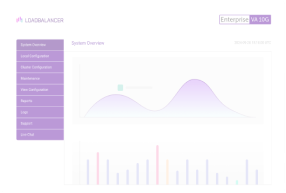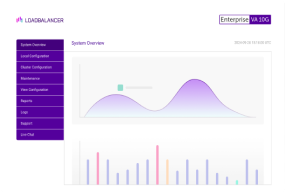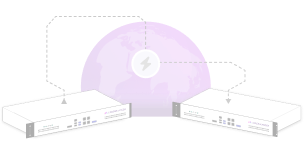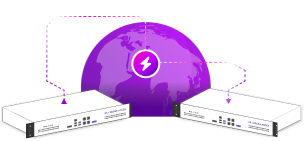
Digital business transformation in healthcare requires business model change. As such, healthcare organizations globally are executing new business strategies to improve patient care, comply with regulations, compete more effectively, protect sensitive patient data, and manage costs.
A revolution in the healthcare system was the replacement of the traditional imaging and radiology processes with the introduction and broad usage of the Picture Archiving and Communication Systems (PACS). One of the most clinically-significant healthcare innovations of the last few decades, PACS has changed the architecture of the modern radiology department for good.
PACS: new possibilities for distributed radiology workflow
Over the years, PACS has evolved as an essential ingredient of modern healthcare organizations, enabling them to process, view, share, and store medical images such as X-rays, ultrasounds, and CT scans efficiently. The advent of PACS has modified workflows in hospitals and increased clinical efficiency between healthcare practitioners and patients all over the world
As a technology, it has helped accelerate digital image display and acquisition, streamline and centralize image archiving, enable enterprise consolidation, and paved the way for teleradiology. PACS also significantly reduces the cost and time of storing and retrieving prior imaging studies. With the rapid development of the PACS market, implementing the technology across health systems worldwide became increasingly important for continued efficiency and improvement in clinical operation.
Types of PACS: mini versus enterprise
PACS platforms come in various forms and sizes, ranging from mini-PACS to enterprise solutions. Mini-PACS are relatively low cost with limited resource requirements, but highly efficient within the designed realm of operation. While these are typically used in independent clinics or outpatient facilities, some special-purpose mini-PACS are built to handle specific tasks such as ultrasonography or PACS in cardiology in large healthcare institutions.
However, as most mini-PACS consist of only a few workstations and a simple data archiving computer, they lack interfacing and integration capabilities with other health IT systems (HIS). Therefore, big healthcare facilities and organizations often opt for large-scale, enterprise-wide PACS that may have hundreds of workstations and multiple data archiving centers residing at different geographic locations miles apart.
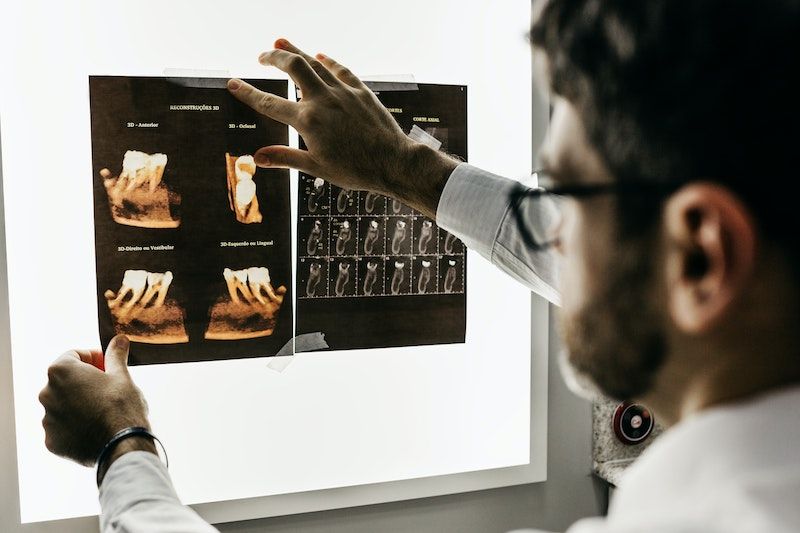
PACS servers: the core of a PACS infrastructure
Since the dawn of the 21st century, PACS have been used by clinicians to diagnose patient conditions, determine treatments, and monitor recoveries in order to make patient care more efficient. Therefore, it is critical for PACS platforms to perform reliably all the time. The success (or failure) of a PACS implementation largely depends on the PACS server – the brain of the entire PACS infrastructure. Mini-PACS servers may have only a single computer for all server tasks. Such small systems are often used in stand-alone clinics and imaging centers where the volume of examinations is relatively low.
Larger healthcare institutions mostly have enterprise PACS servers that typically consist of a cluster of computers, each of which is assigned a specific task, such that the total workload is distributed, making the system capable of handling high volumes.
Resilience, speed, and reliability: the role of load balancers in PACS
Load balancing PACS servers ensure high availability and scalability for mission-critical application services. Scalability means the resource is capable of adapting dynamically and easily to increased workload without impacting the existing performance. Server load-balancing divides the amount of work, balancing the load among two or more participating servers and making the server cluster perform as one to end-users. A load-balanced PACS server cluster routes the service requests to the server with the least activity, spreading application service requests to all participating servers, thereby improving the performance of the system.
Load balancers also help with high availability – the ability to continually provide application services and remain accessible and available to end-users even during one or more server failures. When multiple servers are used for combined load balancing and fail-over services, a dedicated load balancer ensures all servers assigned to the task function, and the workload is spread out to all those servers. This helps in implementing failover. Server failover improves fault-tolerance for mission-critical PACS so that when tasks are automatically offloaded from the primary server to a secondary standby server, the procedure is seamless to users at the PACS workstation end.
During normal operations, a load balancer carefully monitors each server of the server cluster continuously. For any reason, if a particular server becomes unresponsive, the load balancer is notified, which then shifts all application service requests to the remaining server(s). No more application service requests are sent to the non-responsive server. So a load balancer facilitates failover and helps PACS continual functionality, achieving some degree of fault tolerance. To sum up, load balancers reduce the risks of downtime, data loss, and data migration delays in PACS, thereby speeding up overall system performance.
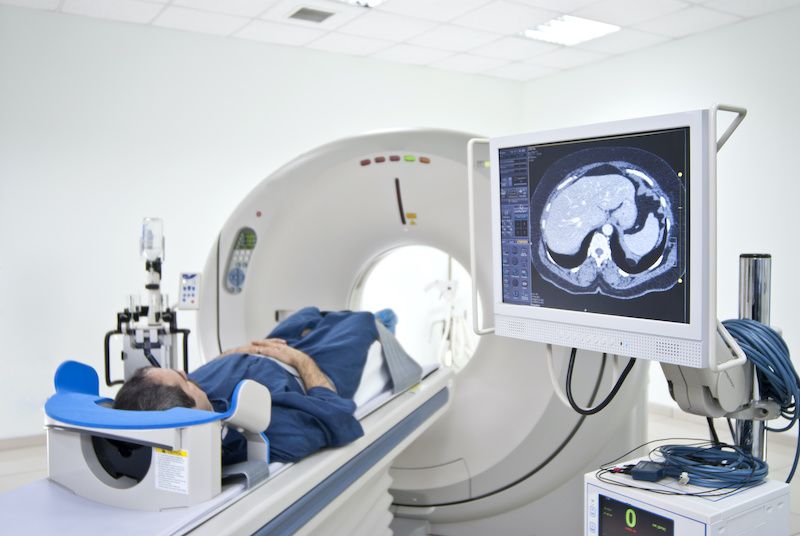
PACS and Enterprise Imaging (EI): what’s the correlation?
Clearly, PACS was a major step forward for healthcare – typically led by the radiology department. Other departments took notice and implemented PACS solutions designed to meet their specific needs, leading to an enormous growth of digital data storage across organizations. However, with different dedicated workstations, viewing applications, and service and maintenance contracts, these separate PACS systems failed to communicate with each other most of the time.
As healthcare systems faced challenges with data residing in numerous siloed PACS systems at multiple sites, Enterprise Imaging (EI) emerged as a new enterprise-level solution. EI brings meaningful data from disparate PACS together, transform and make it accessible to all – thus helping healthcare organizations unlock, analyze and share information and ultimately become less department-centric and more patient-centric.
What lies ahead for PACS?
PACS will certainly remain part of the medical imaging landscape for many years to come. According to a news report by Bloomberg, the specialty PACS market is projected to reach USD 3.5 billion in 2024 from USD 2.6 billion in 2019. The easy-to-use technology has paved a way for enhanced image viewing and analysis, improved and chronological data management, and instant and convenient access to patient images and reports. Even during the ongoing COVID-19 crisis, at-home PACS workstations have proven to be an invaluable tool for radiologists and physicians alike, allowing them to easily and quickly share diagnostic images digitally.
However, in this evolving imaging environment, healthcare executives should think beyond the regular improvements that come with existing PACS platforms and implement a future-focussed strategy which enables the integration of new imaging formats and technologies to build a truly vendor-neutral, unified imaging solution offering more accurate diagnoses and improved patient care delivery.
Contact us to find out more about our PACS credentials.









